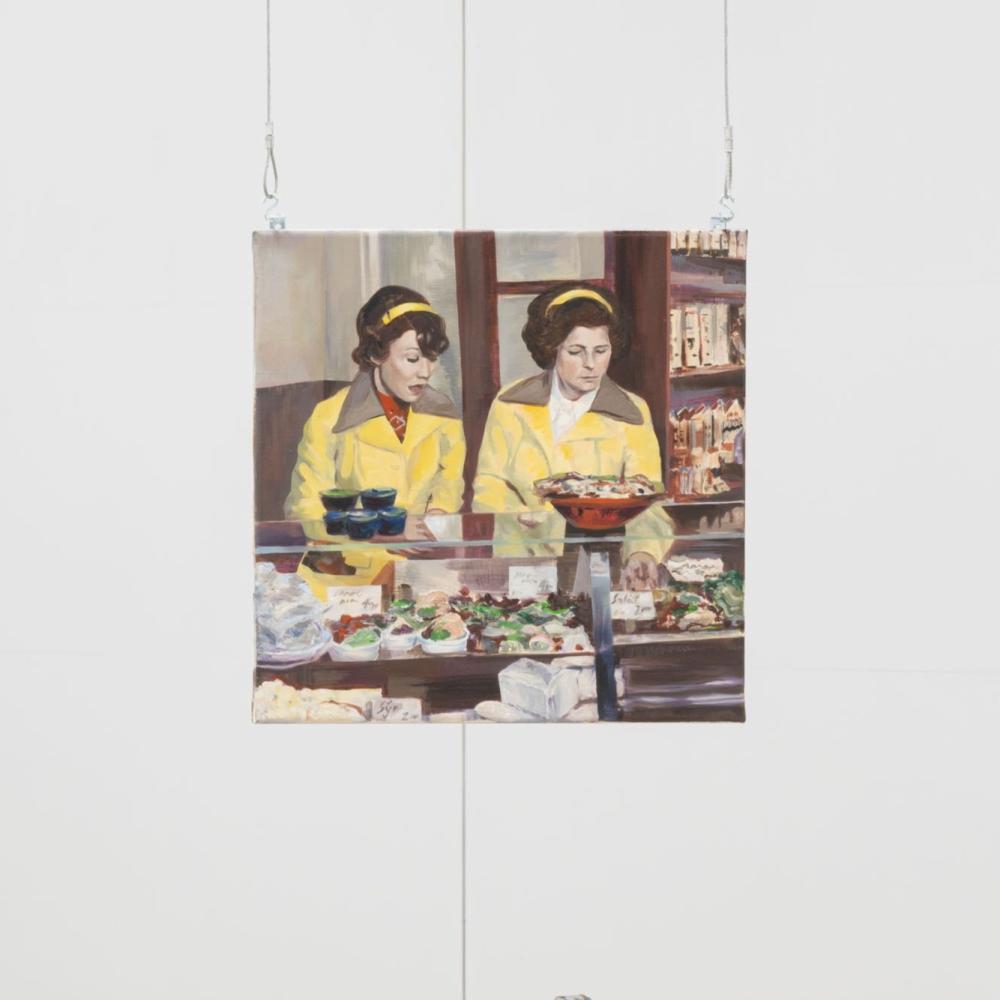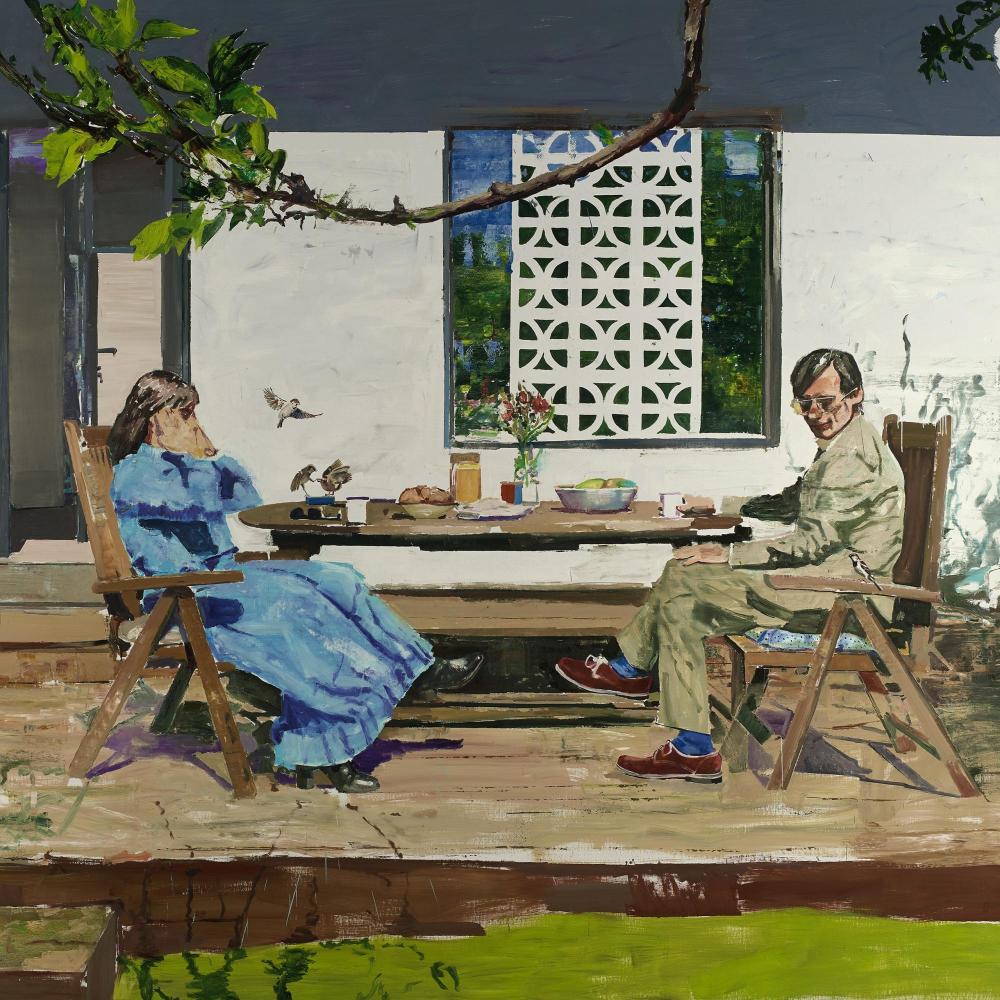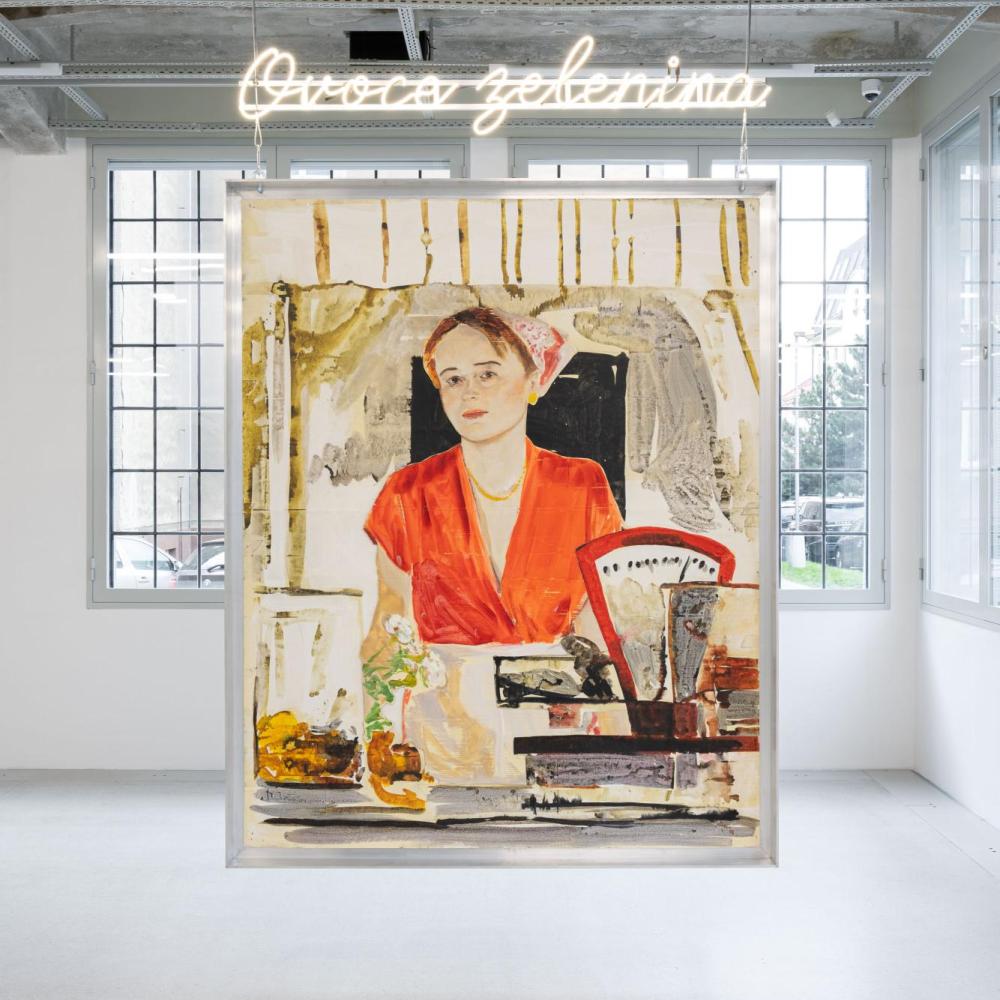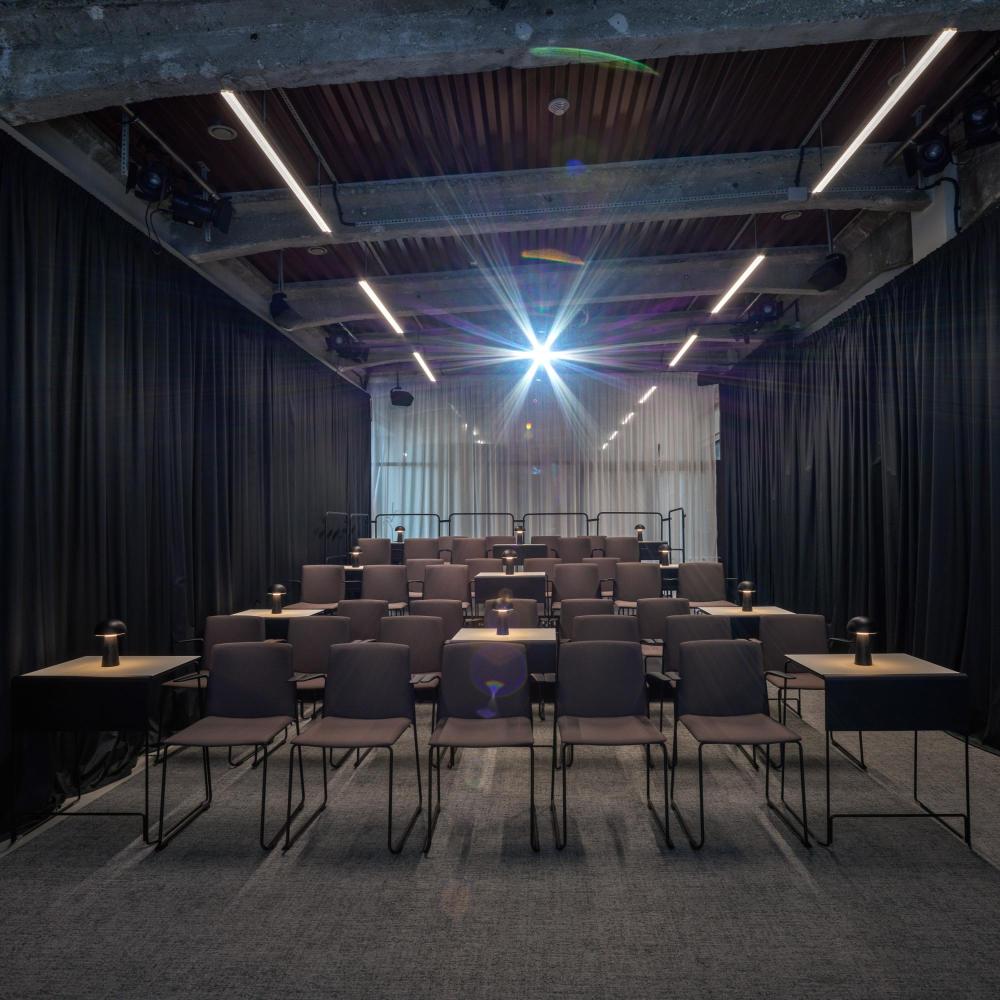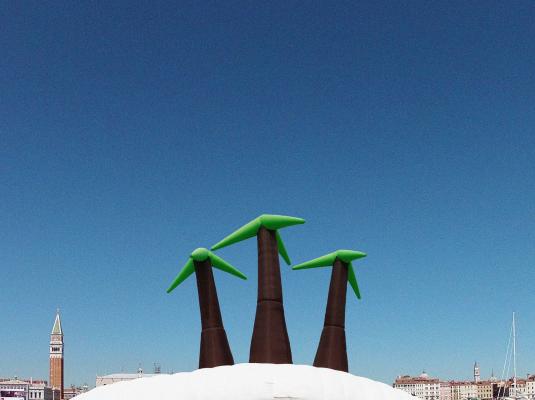
Søren Dahlgaard (*1973) is a Danish conceptual artist based in Copenhagen. He studied at the Slade School of Fine Art in London and the Victorian College of the Arts at the University of Melbourne, Australia. His artistic practice often involves playful participation, creative collaboration and engagement, which he imbues with a mischievous humour. However, he also works with more serious issues of a global nature. For example, at the 55th Venice Biennale in 2013, he addressed the theme of the climate crisis and climate change through play and symbolism. There he exhibited a caravan that represented a refuge for climate refugees. The interior of the caravan, on the roof of which he placed an inflatable tropical island, then served not only as an exhibition space, but also as a platform for meeting, education and discussion. The exhibition has since travelled to seven countries. Søren Dahlgaard has exhibited his work all over the world. For example, at the Louisiana Museum of Modern Art in Denmark, Tate Modern in London and MoMA in New York.
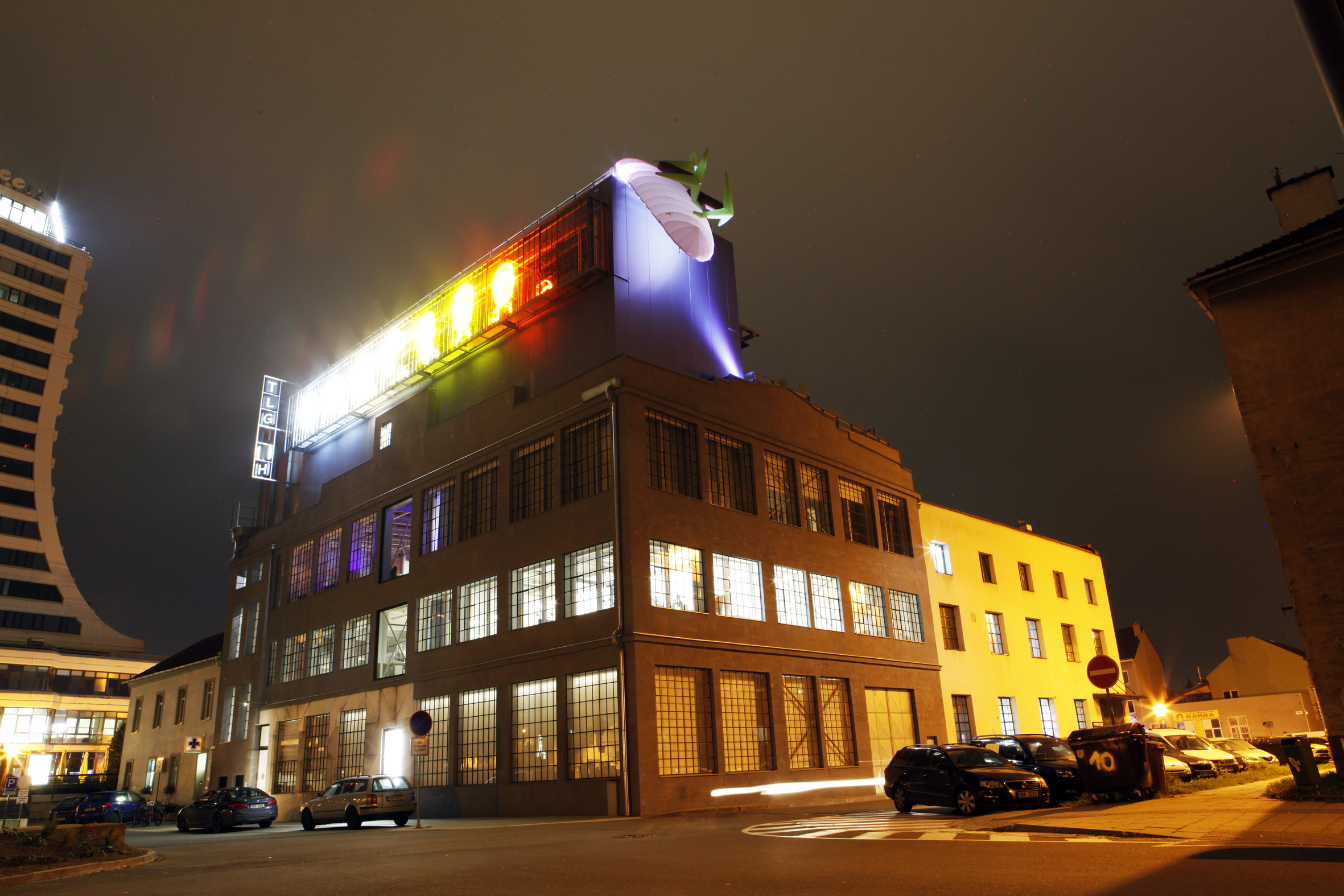
Many people know your work primarily because of the inflatable island. What countries has the island visited?
I created the inflatable island for The Maldives Exodus Caravan Show, which was first presented to the public at the Venice Biennale in 2013. From Venice, the exhibition subsequently travelled to nine museums and galleries in eight different countries.I initiated and curated The Maldives Exodus Caravan Show in collaboration with Elena Gilbert, Paolo Rossi and Amani Naseem. Soon after the Venice show, I started making photographs with the inflatable island in different locations and countries. I also took the island with me on family vacations or when traveling to exhibitions. To date, I have visited 15 countries with the island and this photo series continues to grow. The inflatable island itself is the centrepiece on which other artistic projects such as just the photography series, the video, or the subject of work with schoolchildren, are focused.
The inflatable island was one of the projects you worked on during your PhD. What did your research involve?
From 2015 to 2019, I undertook a practice-focused PhD in Melbourne. The title of my dissertation is Sculpture as Activating Object and involves three art projects - the inflatable island being one of them. The thesis creates a contextual framework for land-art, environmental art, action sculpture and social engagement within contemporary art. All three case studies are framed within the interconnection of these artistic styles with the addition of play as a method to complete new iterations of artworks. The activating sculpture-object plays a central role in all three case studies, activating collaborations with the forces of nature, various materials and people. The iterations occur through inviting collaboration and play within the generosity, aesthetics of the grotesque and familiar objects. Further, in line with the notion of the "well-played game" of scholar Bernard De Koven and the notion of the "magic circle of play" of theorist Johan Huizinga, the notion of the inherent qualities of play during the process of creating new iterations is established. Activating sculpture, as this research proposes, expands ideas of a more nuanced understanding of action sculpture and socially engaged art. The methodology of completing a work in a series of iterations through a 'good play' framework presents an opportunity to consider a more diverse understanding of authorship in collaboration. The concept of activating sculpture is not included in existing frameworks of action sculpture or socially engaged art.
During your participatory projects you have gathered a lot of information about communities living in different countries. Is this information important to you? Do you work with them in other projects?
I have lived in Copenhagen, London, the Maldives, Melbourne, Sri Lanka and the USA. Learning about different cultures and their way of life is inspiring. I am interested in anthropology, but does it influence my work? I think my art is influenced partly by where I come from and where I have lived, but at the same time I try to make a universal statement so that my ideas and art can relate to people from different parts of the world. For example, with The Dough Portrait series of photographs, which I have taken in many places, there is no firm conclusion about how we are all similar or different. It is up to each person to reflect on the experience of participating in a given project.
How do you think the world of art, galleries and artists is different in the countries where you have lived?
There are amazing artists everywhere. In the smallest villages and in the biggest cities, in short, in every country in the world. That's exciting. In a sense, the art world is endless. On the other hand, we see that the same 1,000 artists are always exhibiting in the biggest museums, which is often only related to financial interests, money and power. The job of curators and collectors is to be curious and to seek out lesser-known artists and to introduce their work to the public. Fortunately, this happens all the time. Many galleries and museums emulate the Western way of presenting contemporary art, and so there is repetition all over the world. It's exciting when new strategies, aesthetics and approaches are presented. This year's Documenta in Kassel, Germany, curated by the Indonesian collective ruangrupa, is an example of an attempt that has been both successful and criticized. For me, it was stimulating to see social art, collective art and a wide range of minorities making their way into the mainstream of the art world. But as a viewer, I felt that a lot of the artwork was not very attractive and was boring to watch. It wasn't about the aesthetics of the object, it was about the social processes - something not visible.
You visited the Telegraph for less than a week. How do you like the city and what do you think of the Lazy 8 exhibition?
I've only spent three days in Olomouc so far, so I don't know much about the city. The centre is beautiful and the Telegraph Gallery is an interesting place with a packed programme and lots of good energy. The exhibitions look very interesting and ambitious. If I return to the Telegraph for a longer period of time and do an art project, there will be many more opportunities to meet new people and experience the place. It would be exciting to create a new collaborative art project with people from Olomouc.
You are also collaborating with the curator of the Lazy 8 exhibition, Christian K. Madsen. What is the project?
Christian invited me to do an exhibition at the Skovgaard Museum in Viborg, Denmark, in the spring of 2023. The venue for the exhibition will be the old town hall, which has been boarded up for ten years. It will be interesting and fill this building with a lot of artworks. I also plan to create new collaborative artworks with school children as part of this exhibition. The social aspect of collaboration is part of how I work, because we create new and unexpected situations and the whole process of how to achieve that is part of the artwork.
By Erika Kovačičová / Telegraph Gallery
